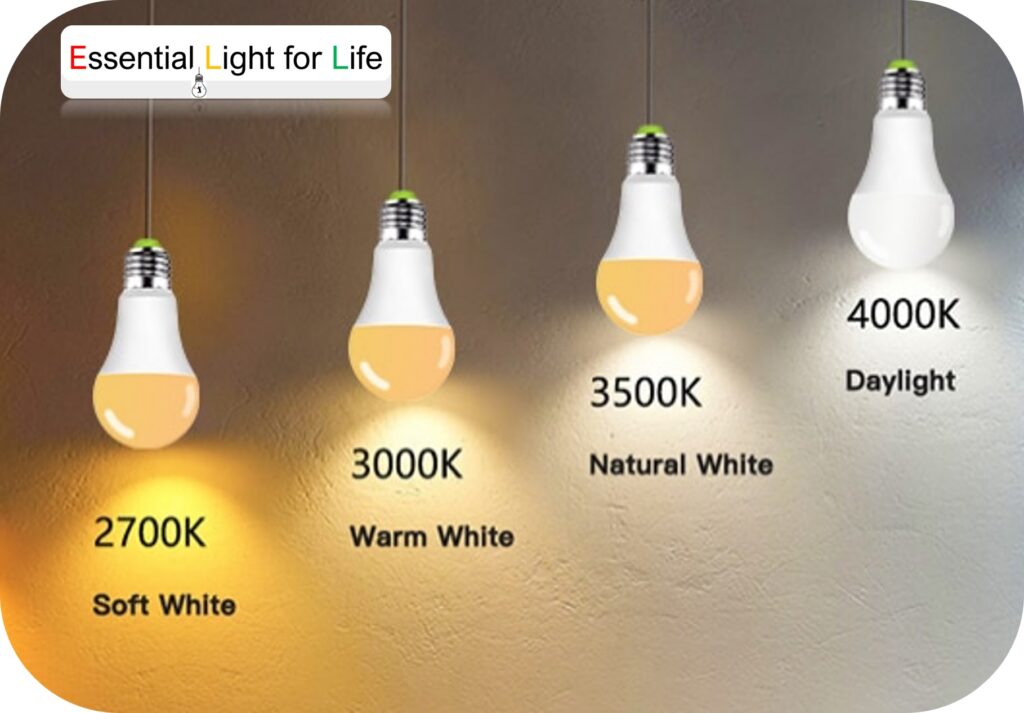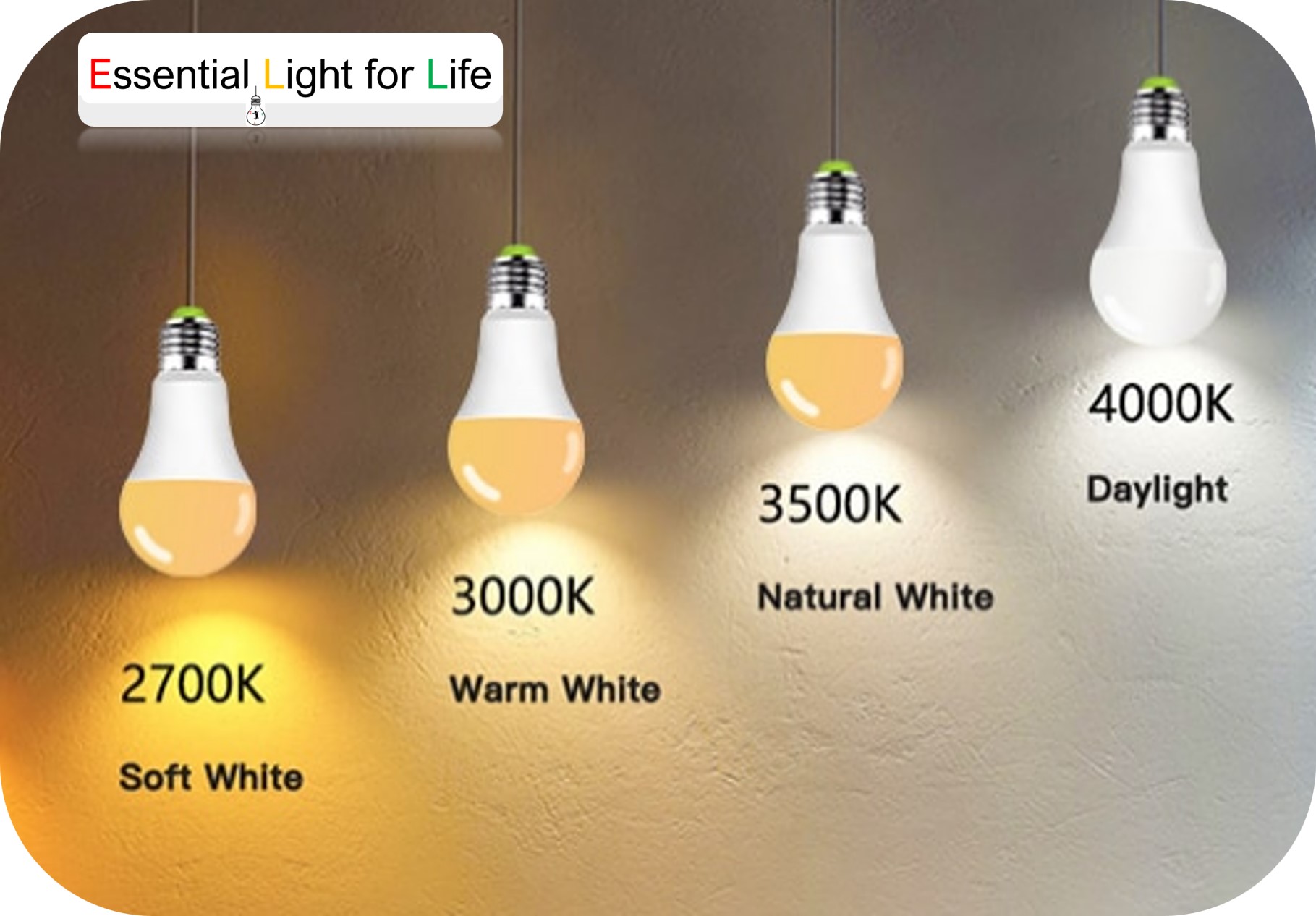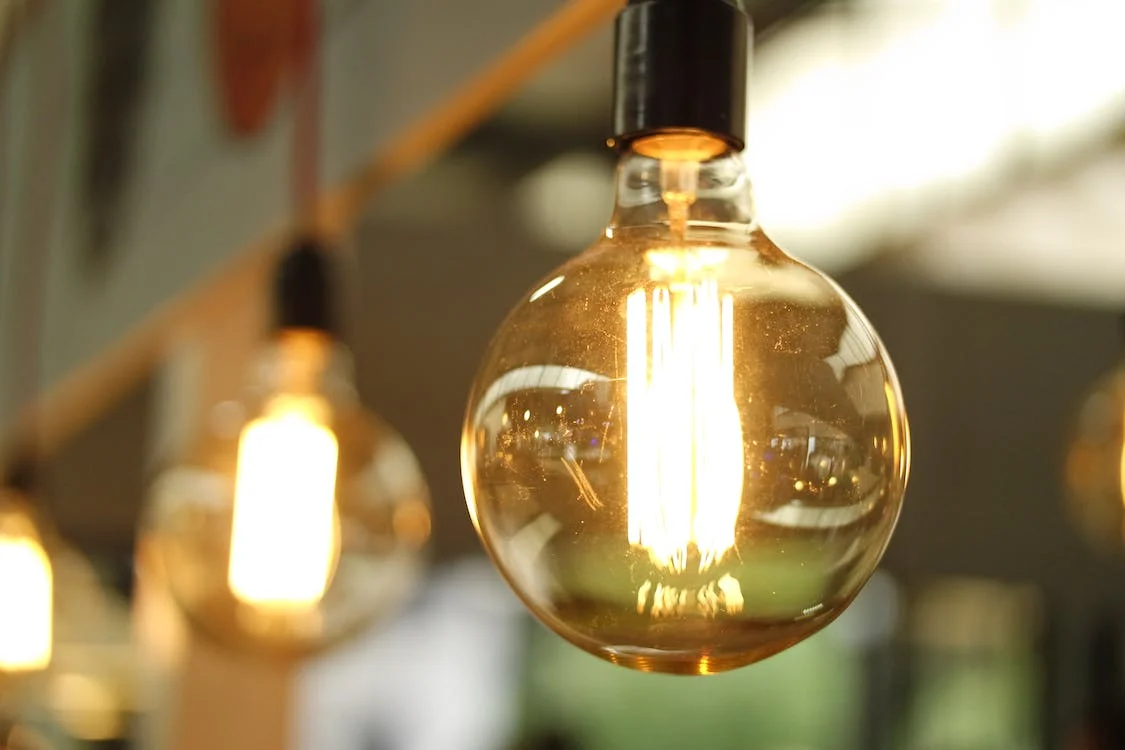Optimal Lighting for Nighttime Studying and Eye Health
Late-night study sessions demand the right lighting to enhance focus and productivity without compromising your eye health. Choosing the ideal light for studying at night can make a significant difference in your learning experience. In this article, we’ll explore the best light options for nighttime studying, the impact of light on your eyes while studying, and which LED colors are best for maintaining night vision.
1. Best Light for Studying at Night:
The best light for studying at night is warm white or soft yellow light with a color temperature ranging from 2700K to 3000K. These warm colors provide a comfortable and calming ambiance, promoting relaxation and concentration during your study sessions. Avoid using cool white or blue light at night, as they can interfere with your natural sleep-wake cycle and cause eye strain.
2. Light Good for Eyes While Studying:
To ensure eye comfort while studying, opt for LED lights with color temperatures in the range of 2700K to 4000K. These warm to neutral white lights create a soothing atmosphere and reduce eye strain, making your studying experience more enjoyable and productive.

3. Best Color Light for Studying at Night:
The best color light for studying at night is warm white or soft yellow, as mentioned earlier. These colors closely resemble the warm glow of natural evening light, signaling to your body that it’s time to wind down and relax. Warm white light helps create a conducive environment for learning without disrupting your sleep patterns.
4. LED Colors Best for Night Vision:
When it comes to maintaining night vision, red LED lights are the most effective. Red light has a longer wavelength and does not cause your pupils to contract as much as other colors. This means your eyes stay more adjusted to low-light conditions, allowing you to navigate in the dark without losing night vision. Red LED lights are commonly used in settings where preserving night vision is crucial, such as in astronomy or military operations.
Conclusion:
Finding the best light for nighttime studying is essential for optimizing your learning experience and safeguarding your eye health. Warm white or soft yellow LED lights with color temperatures ranging from 2700K to 3000K are the top choices, as they create a relaxing atmosphere while promoting focus and productivity. Avoid cool white or blue lights at night to prevent disturbances to your sleep-wake cycle and minimize eye strain. For night vision preservation, opt for red LED lights, which allow your eyes to remain adjusted to low-light conditions. By selecting the right lighting options, you can illuminate your path to academic success while nurturing the well-being of your precious eyes.




